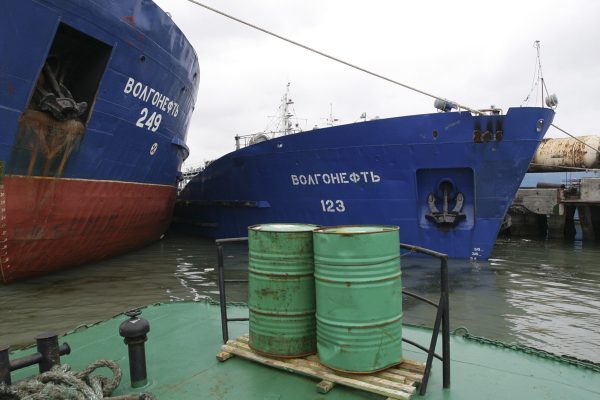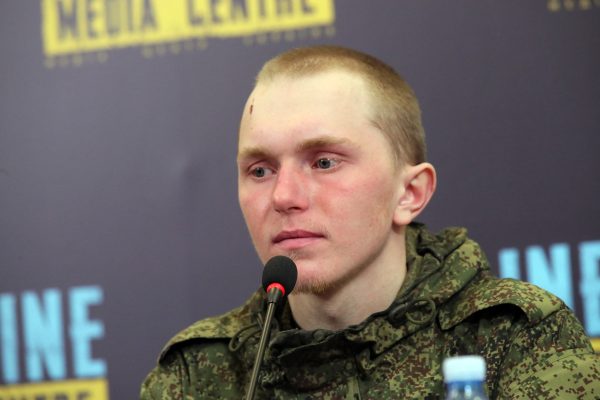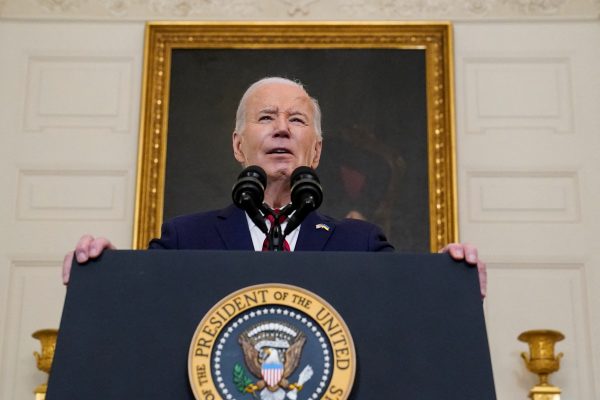Finland was a welcome birthday present for NATO, arriving as it did on 4 April 2023, the alliance’s 74th anniversary. With its capable armed forces and its significant wealth, NATO’s 31st member is a country ready to take its place on the alliance frontline.
Finland has a well-thought-out defense and security policy, a consequence of hard fighting against Soviet Russia from 1939-44 and decades of enforced neutrality during the Cold War and non-alignment after it. Russia has throughout been the only conceivable threat along their 1,340km (830 miles) border. Unlike many European states, Finland did not take a holiday from history when the Cold War ended. The Finnish Defense Forces are well-equipped and conscription has remained in place.
Even so, the country recognizes the need to reconsider some of its security fundamentals after NATO accession. The Vilnius summit on July 11-12 will be Finland’s first as a full member and presents an occasion to start shaping its profile within the alliance.
While Finnish NATO policy is yet to be developed in longer government reports on foreign, security, and defense policy, the new government’s freshly published program as well as recent military exercise activity give first indications of Finland’s priorities.
The government of Prime Minister Petteri Orpo ranks Sweden’s NATO accession as its primary goal along with backing for NATO’s open door policy and Ukraine’s membership aspirations. The United States is mentioned as the foremost strategic partner and ally, followed by the United Kingdom.
Sweden is Finland’s closest partner, and within the Nordic framework, Finnish-Norwegian cooperation will now be intensified given the two countries are NATO allies and share a land border with Russia in the Arctic. This prioritization is exemplified by Finland’s almost non-stop military exercise activity since submitting its NATO bid: in recent months, the US, UK, Sweden, and Norway have joined a significant number of exercises in Finland and the wider region.
Finland is reportedly going to join the Joint Force Command (JFC) Brunssum, in the Netherlands, although the Finnish preference would be the American JFC Norfolk, which also commands British and Norwegian units. While Norfolk currently lacks the required operational capacity, it makes sense to have Finland, Norway, and Sweden (when Turkish objections are finally overcome) under the same JFC. Command structure reform is therefore a priority issue for Finland. Other relevant topics are NATO’s New Force Model — involving a huge rise in troops on high alert — and what the Finns will be expected to provide to the Baltic states in the event of a crisis.
Last but certainly not least, NATO needs to get started with new regional defense plans for the wider Nordic-Baltic-Arctic region that encompass a much wider area than the recent focus just on the Baltic states’ defense. For Finland as a frontline state, a speedy planning process is of the utmost importance.
But as both Finland and Sweden have rather painfully learned during their accession processes, NATO is also a very political organization. How and when things get done does not always follow the clearest military logic but comes about as a result of elaborate internal diplomacy, often including political compromises.
It’s therefore not entirely straightforward where in NATO’s political geography Finland will place itself. The fact that the Finns are simultaneously recommended to have some enhanced Forward Presence (eFP) contingent on their territory, but are also likely expected to contribute to the eFP battalions in the Baltic states, illustrates the dilemma – and opportunity – that Finland’s geographical location between the Baltic States and NATO’s new northern flank, together with Norway (and to an extent also Sweden), presents.
For Finns, the idea of having a peacetime NATO presence in the country seems unnecessary given the high national defense capability, but the new ally should nevertheless strive for some form of visible NATO integration. The government has so far addressed the matter by suggesting that Finland could host a NATO organization, for example, a center of excellence.
The required change in strategic culture, moving from a focus on independent national defense to being part of a big and complex alliance, is a far greater challenge for Finland than the actual military integration.
For NATO, integrating the new member means significant changes in posture. Finland’s long border with Russia is a direct addition to NATO’s eastern flank. But Finland (and Sweden) also significantly enlarge NATO’s Northern European area of responsibility and bring a new, mostly maritime theatre onto NATO’s agenda.
Russia’s still mostly intact naval, air, and nuclear assets in its Northern Fleet Military District in the Arctic will require special attention from NATO military planners. The alliance must therefore learn to think outside the eFP box and start viewing the wider Nordic-Baltic-Arctic region as a single strategic area.
Minna Ålander is a research fellow at the Finnish Institute of International Affairs (FIIA) in Helsinki. Her research topics are Northern European security and Nordic defense cooperation, as well as German and Finnish foreign and security policy.
Europe’s Edge is CEPA’s online journal covering critical topics on the foreign policy docket across Europe and North America. All opinions are those of the author and do not necessarily represent the position or views of the institutions they represent or the Center for European Policy Analysis.





